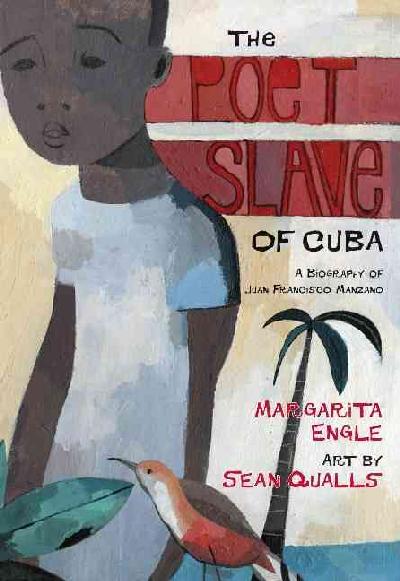2.3.6.1 Autobiography, by Juan Francisco Manzano (1797 – 1854) and his lyrical work

Juan Francisco Manzano was born a slave and raised in the home of the Marchioness Jústiz de Santa Ana. He received fairly kind treatment during his childhood, but this changed when he was sold to another master. Like his peers, he suffered many humiliations throughout his life. In 1844, he was even cruelly tortured for alleged links to the so-called Escalera conspiracy, but he endured all of this with admirable stoicism.
At the request of Richard Robert Madden, an Irish abolitionist doctor, appointed superintendent of emancipated people on the Island, based on an agreement adopted in this regard between England and Spain, Domingo del Monte, Aldama and others carry out a collection to buy their freedom, which they achieve in 1837. They also ask him to write his autobiography, a document that Madden would take with him along with other literary texts as a sample of the horrors that the abominable institution of slavery entailed.
Only the first part of the autobiography was released to the public, as the second part was lost by Ramón de Palma, who had been commissioned to transcribe it in fair copy. Its first edition was published in England in 1840, translated into English under the title “Poems by a Slave”; it would not be published in Cuba or in Spanish until almost a century later, in 1937.
The profound human meaning and painful realism of its pages transcend their purely literary value as a testimony to a life that represented the long, anonymous suffering of an entire despised and subjugated race. But the author possessed a literary intuition that could make up for the glimpses of education he received, fragments of studies that were never intended for him but that the slave was able to grasp from the teachings received by white people, and which served him to write his harrowing memoirs.
If it is true that he lacked academic training and knowledge of letters, it is also true that he had plenty of life to tell, and from there comes the fact that he managed to surpass many writers of his time, more versed in all subjects, something that by the way he never intended but only to testify to his reality, which however did not lack fable in a rich text that mixes his memories with the most dear traditions to African descendants.
On the other hand, his lyrical work is touched by a musicality that somewhat sweetens the melancholy and the underlying tragedy of the author, as occurs in his sonnet “Thirty Years”, which even attracted the attention of Lezama:
“When I look at the space I have traveled
From the cradle to the present day,
I tremble, and salute my fortune,
More of terror than of moving attention.
I am amazed at the fight I have been able to do.
To hold against such an impious fate,
If stubbornness can be called such
From my unhappy being, to the evil-born.
Thirty years ago I knew the land;
For thirty years now, in a groaning state
Sad misfortune assails me everywhere.
But the raw war is nothing to me
That I have endured sighing in vain
If I calculate it, oh God! with what is missing.”
Regarding the slave poet, Roberto Manzano writes: “A voice emerging from the most barbaric depths, Juan Francisco Manzano is an extraordinary example of natural artistic giftedness. Others had abundant deposits of standard instruction, yet could not extract from them an ounce of the grace that the black slave exuded.” His poetry has gone down in history as the most profound expression emanating from a poet from the heart of slavery in Cuba at that time.








